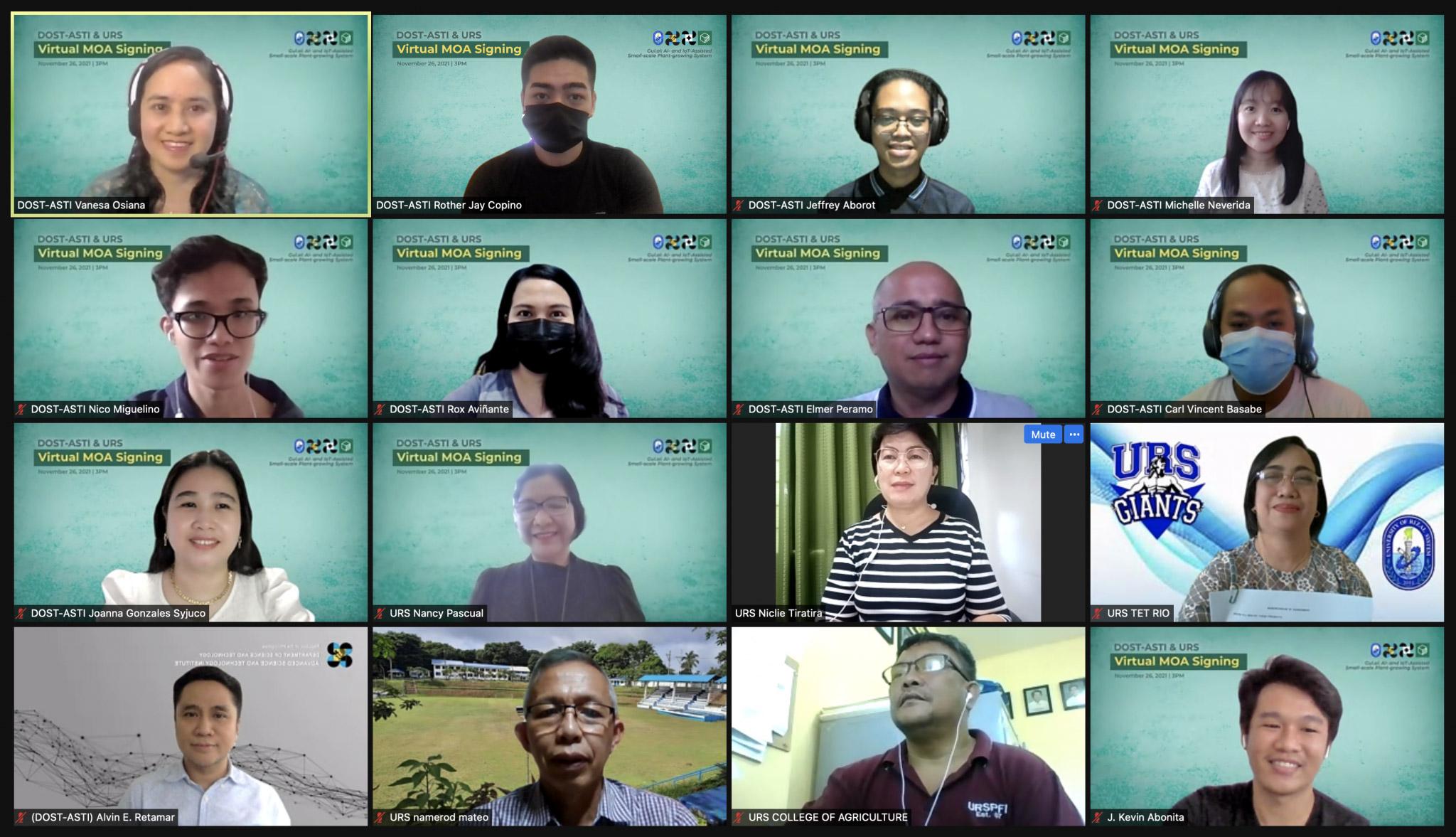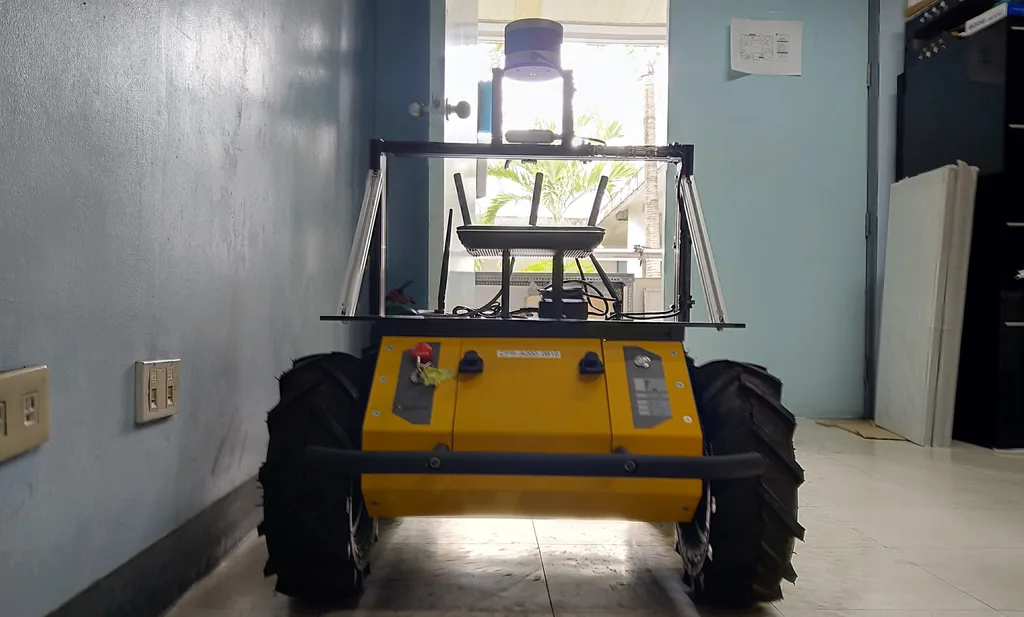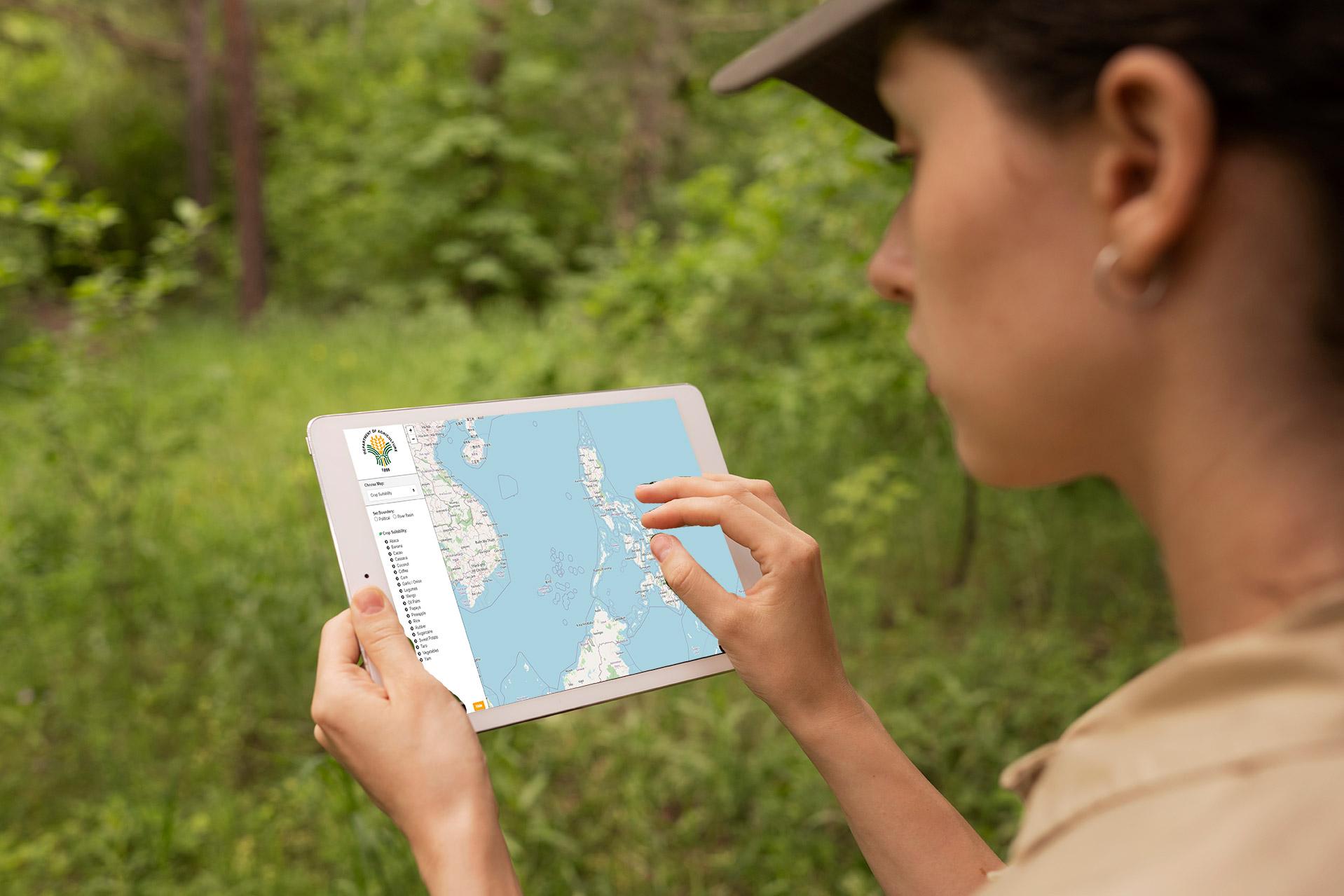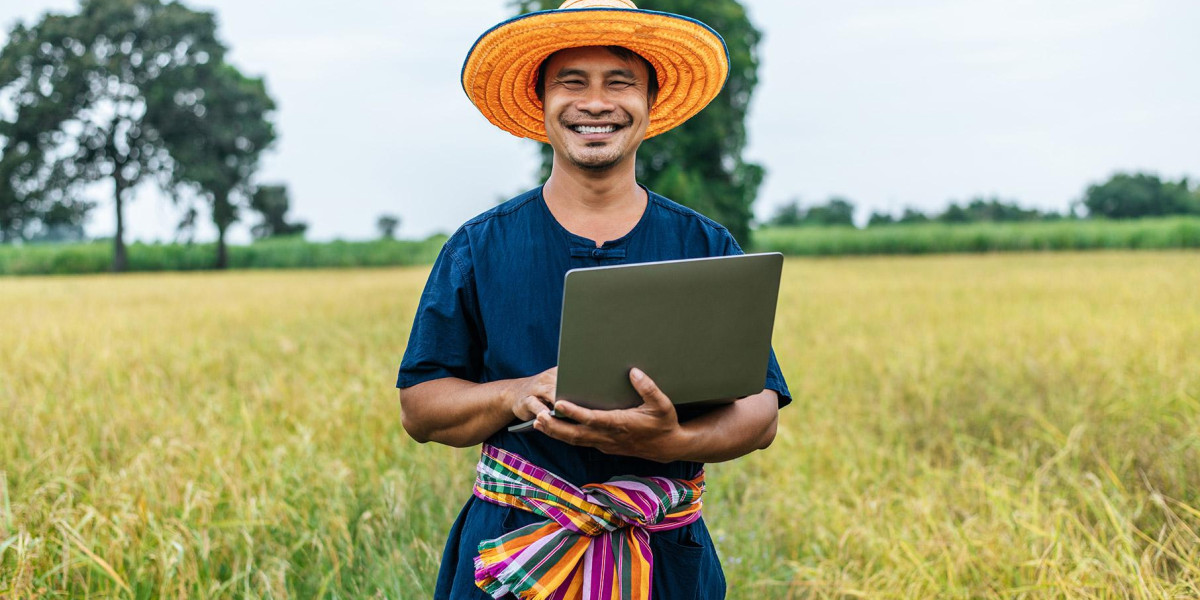Agriculture trends that can change PH farming
Agriculture is a vital sector
in the Philippine economy as 47% of the country’s total land area is
agricultural land. However, there had been a decline in the production of
agriculture and fisheries last year.
According to the Philippine Statistics Authority, the value of production in agriculture and fisheries decreased by -1.0%. Moreover, crop production declined by 1.0% last year while fisheries are down by 6.6%.
The effects of the COVID-19 pandemic, the Russian-Ukraine war, natural calamities, and rising inflation drastically affected the production of crops and fisheries. Moreover, issues with logistics and transport hurt both the producers and consumers.
As a result, the production decline led to the increased price of crops, fisheries, and livestock.
Despite this decrease, there is hope for the country’s agricultural industry.
PH Agri industry to expand this year
The Department of Agriculture (DA) is expecting to have a 2.5% increase in the country’s agricultural production this year.
According to DA Undersecretary Mercidita A. Sombilla, poultry, livestock, and crops will be the key drivers of production in 2023. The Philippine government’s proposed agriculture development program might also be a factor in this increase.
In this program, the DA aims to increase agricultural production from 2023 to 2025.
The Marcosadministration plans to achieve this goal by allocating:
- P30.30 billion to the National Rice Program
- P5.02 billion to the National Corn Program
- P4.50 billion to the National Livestock Program
These funds will be used for agricultural research, production, and biosecurity.
Innovation and technology are one of the ways in increasing agricultural production. In a few years, the government is more likely to apply new methods of farming.
With its funding, we can expect to see these trends in agriculture sooner:
Agriculture trends in the Philippines
Technological advancements

A farming drone - one of the modern advancements in agriculture
Technology will play a huge role in Philippine agriculture in a few years. Today, the DA is using data analytics, farming drones, and even mobile apps that farmers can use.
One of these programs is the Rice Crop Manager Advisory Service, a digital application that farmers can use if they want science-based advice on farming.
Technology has also made soil testing more accessible. Before, farmers need to wait for an extension officer for soil testing and farming advice.
With these soil testing apps, farmers can now have better choices on crops and fertilizers. This technology resulted in lower costs per crop yield.
Adaption to climate change
The Philippines is highly vulnerable to the effects of climate change. Because of this, the DA prioritized adapting to climate change. Using data analytics, the DA has focused on the selective breeding of crops.
Aside from selective breeding, the Philippines Climate Change Adaptation Project (PhilCCAP) is another effort in mitigating the effects of climate change in the country.
PhilCCAP is a grant agreement between the World Bank and the Philippine government in developing programs that can adapt to climate change.
Some of the programs included in this project is enrolling farmers in Enhanced Climate Smart Farmers’ Field Schools. In these schools, farmers learn different methods of farming and adjusting to climate change.
The use of Artificial Intelligence (AI)

Virtual meeting between DOST and URS in signing MOA for Gul.Ai. | Photo by DOST
In 2021, the Department of Science and Technology (DOST) and the University of Rizal System (URS) signed a Memorandum of Agreement to conduct an AI prototype for agriculture.
This prototype is the Gul.ai project. This software aims to create a digital phenotyping platform that can detect plant diseases and help farmers in monitoring their crops.
Aside from Gul.ai, other DOST projects aim to create intelligent machines that can function with minimal human interference.
One of these projects is ROAMER (Robot for Optimized and Autonomous Mission-Enhancement Response).

ROAMER | Photo by Rappler
Last January, the DOST launched ROAMER, an automated robot designed to roam plantations and detect plants with diseases. This robot is powered by Gul.ai and another program that detects geospatial data for agriculture.
With these projects, The Philippines can have a head start in smart farming.
Data-driven farming
Agricultural superstitions are still practiced in some areas. To this day, some farmers still believe that drifting away from certain customs will lead to diseases and the infestation of plants.
One of these superstitions is refraining from using farm equipment as it would disturb spirits.
The good news is that data-driven farming is slowly getting traction in the country. With the rise of the internet, farmers can now have better research capabilities in farming.

The NCCAG: A tool used to determine the possibility of planting crops in a certain area.
The government has also helped provide free agricultural resources that the farmers can use. One of these resources is the National Color-Coded Agricultural Guide Map (NCCAG) from the DA.
The NCCAG identifies the crops suitable for a certain province. Moreover, this system can also detect soil properties, elevation, slope, pattern, temperature, and climate.
This way, farmers would no longer have to guess or rely on superstition.
20 crops are identified by the NCCAG. However, the DA continues its effort to provide more data on other crops.
Should you invest in agriculture?

A farmer using data-farming methods.
The country’s agricultural production decreased over the years. However, one should consider this sector as a sleeping giant.
There is always a demand for the country’s food supply. By investing in agriculture, you can expect to have huge returns on investment in the future.
The rise of modern agricultural practices will only help the public’s perception of farming. With the government’s help and modern technology, a new agricultural revolution might be on the way.
Who knows, the public’s perception of agriculture might change over the years. With the help of the government and agricultural trends, Filipinos might consider farming as a way of life in the future.
Today is the best time for investors to invest in agriculture. Buying a farm for sale in the Philippines is the best way to jumpstart this venture.
Leisure farm for sale in the Philippines
If you are looking for a farm for sale in the Philippines, VHermosa Bright Corp. has two pre-selling leisure farm communities.
These are EastWest Breeze Leisure Farm and Mountain View Leisure Farm and Resort.
With our farm lots for sale, you can have the necessary space to start your agricultural endeavors. These farm lots are situated in areas where soil quality is excellent. Growing different crops is not a problem in our communities.
Modern farming is the future of Philippine agriculture. This is why we make sure that our leisure farms are not only suited for farming.
Our farms for sale will have modern amenities and accessibility to major roads. This way, we can blend nature and modernity.
For inquiries, please fill out
our inquiry form or
contact +63 917 162 6920.


